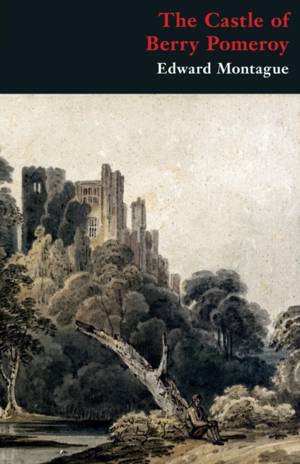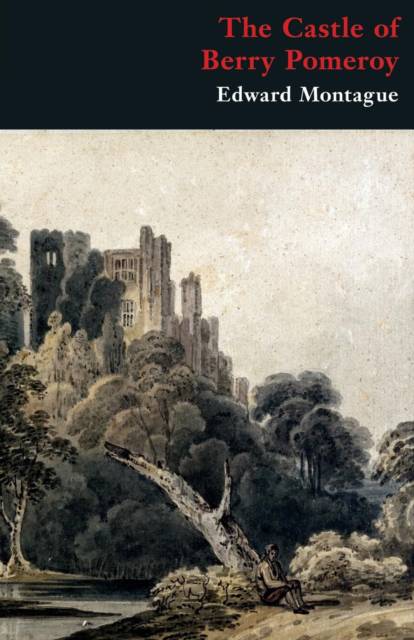
- Afhalen na 1 uur in een winkel met voorraad
- Gratis thuislevering in België vanaf € 30
- Ruim aanbod met 7 miljoen producten
- Afhalen na 1 uur in een winkel met voorraad
- Gratis thuislevering in België vanaf € 30
- Ruim aanbod met 7 miljoen producten
Zoeken
€ 35,45
+ 70 punten
Omschrijving
"[A] mixture of dungeons, prisons, storms, shipwrecks, and murders . . . displays considerable ingenuity . . . uncommonly strong." - Monthly Literary Recreations (1807) "[K]eeps up the attention and interests the feelings in a manner that is not very common." - Literary Journal (Oct. 1806) The Castle of Berry Pomeroy, reduced to ruins in the early 1700s, has long been recognized as one of the most haunted places in Britain. It is said that the ghost of Margaret Pomeroy, starved to death in a dungeon by her sister Eleanor, still inhabits the castle today. In The Castle of Berry Pomeroy (1806), Edward Montague adapts the legends surrounding the castle into a Gothic tale of horror, jealousy, and revenge. Lady Elinor de Pomeroy, envious that her sister Matilda has won possession of the castle and the love of the handsome De Clifford, decides to have her murdered. She enlists the aid of Father Bertrand, one of the blackest villains ever to appear in a Gothic novel. But Matilda's death is just the beginning. Her spectre returns to haunt the castle, bringing terror to Elinor and Bertrand, whose ambition and fear lead them to commit more and more murders. The body count rises and the horror increases, but will Matilda's ghost lead to the discovery and punishment of the villains? A cleverly told story and one of the few Gothic novels to achieve an authentically medieval atmosphere, The Castle of Berry Pomeroy was the first novel by Edward Montague (The Demon of Sicily, Legends of a Nunnery). Originally published by the infamous Minerva Press, Montague's novel is reprinted here for the first time since 1892.
Specificaties
Betrokkenen
- Auteur(s):
- Uitgeverij:
Inhoud
- Aantal bladzijden:
- 272
- Taal:
- Engels
Eigenschappen
- Productcode (EAN):
- 9781941147139
- Verschijningsdatum:
- 13/05/2014
- Uitvoering:
- Paperback
- Formaat:
- Trade paperback (VS)
- Afmetingen:
- 140 mm x 216 mm
- Gewicht:
- 285 g

Alleen bij Standaard Boekhandel
+ 70 punten op je klantenkaart van Standaard Boekhandel
Beoordelingen
We publiceren alleen reviews die voldoen aan de voorwaarden voor reviews. Bekijk onze voorwaarden voor reviews.











